How will these resources help you?
Ireland is often Britain’s ‘forgotten colony’. Children learn something of the British Empire in Asia and Africa but often know very little about the history of our neighbour, Ireland. Yet around three quarters of a million people in the UK are Irish born, while roughly six million have Irish parents or grandparents. This selection of titles reveals Irish perspectives on the potato famine. A million people died of starvation and two million left Ireland. As well as looking at the events and outcomes of the famine itself, it is important to include the historical context. Teaching this can raise sensitivities because of the part played by the British in the disaster.
Understanding the famine
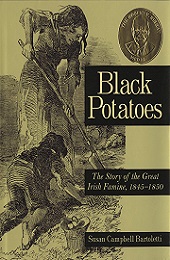
Black Potatoes: The Story of the Great Irish Famine, 1845–1850
by Susan Campbell Bartoletti, published by Houghton Mifflin Harcourt, (2005), 9780618548835
Black Potatoes provides a good overview of this period of history, from the perspective of those who lived through the famine. It tells of how Irish people tried to survive when the potato crops failed by eating vegetables and weeds, undertaking hard labour for wages and even deliberately getting sent to jail, where they would be fed. The book is aimed at reading ages 10–12. You could ask pupils to read sections and summarise the events, or focus on the differing ways that the characters tried to survive.
The causes and effects of the potato famine
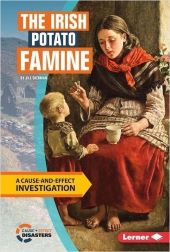
The Irish Potato Famine: A Cause-And-Effect Investigation
by Jill Sherman, published by Lerner Publications, (2016), 9781512411195
This illustrated book is one of a series designed to help pupils understand the effects of disasters on history. It explains how Irish farmers worked for English absentee landlords – raising crops for export and growing potatoes to feed themselves – and how people starved when the potato crop failed.
You could use the book to teach about immediate and underlying causes. There is a stereotype about Irish people only eating potatoes; this book explains the colonial farming system that changed their diet. While potato blight immediately caused the famine, the land-owning system in Ireland was the underlying cause and increased the severity of the food crisis. The book includes a cause-and-effect chart, which you could extend with your class by dividing it into underlying and immediate causes. You could also relate the situation in Ireland to the growing of crops for export in other British colonies.
You could use the book to teach about immediate and underlying causes. There is a stereotype about Irish people only eating potatoes; this book explains the colonial farming system that changed their diet. While potato blight immediately caused the famine, the land-owning system in Ireland was the underlying cause and increased the severity of the food crisis. The book includes a cause-and-effect chart, which you could extend with your class by dividing it into underlying and immediate causes. You could also relate the situation in Ireland to the growing of crops for export in other British colonies.
A family affected by the Great Famine
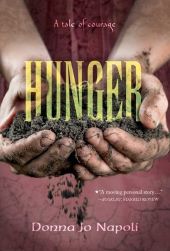
Hunger: A Tale of Courage
by Donna Jo Napoli, published by Simon & Schuster / Paula Wiseman Books, (2019), 9781481477505
This book tells the story of the famine through the eyes of Lorraine, a 12-year-old girl who is resolved to save her family. Lorraine forms a relationship with Susanna, the daughter of an English landowner – a friendship they must keep secret. You could use extracts detailing the experiences of Lorraine’s family for a discussion of how Irish people suffered during the famine. You could also focus on the relationship between Lorraine and Susanna to draw out issues of politics, religion and class in Irish history.
The book avoids stereotypes. Lorraine comes from a traditional Irish-Catholic society, where men dominated, but she is a strong female character. The inclusion of a sympathetic English character means the book does not fall into the trap of seeing all Irish people as good and all English people as bad.
The book avoids stereotypes. Lorraine comes from a traditional Irish-Catholic society, where men dominated, but she is a strong female character. The inclusion of a sympathetic English character means the book does not fall into the trap of seeing all Irish people as good and all English people as bad.
Irish emigration to the USA
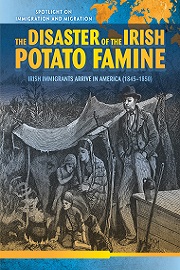
The Disaster of the Irish Potato Famine: Irish Immigrants Arrive in America (1845–1850)
by Sean O'Donoghue, published by PowerKids Press, (2016), 9781508140696
This concise title explains the disastrous conditions of the potato famine, which forced many Irish people to leave their homeland for the USA. It also examines the challenges they faced on arrival and how they overcame them. The description of Irish migration will help pupils to understand why people are forced to flee their country, and could be compared to other refugee movements in history. You could also discuss the contributions that immigrants make to their host society. The primary sources and historical photographs would be useful in a discussion about how historians can use them to interpret the past.
Audiovisual clip
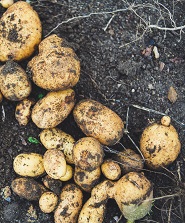
Europe: A Natural History - The Irish Famine
published by BBC, (2007)
This video explains the reasons why the potato famine was so devastating for Ireland.
Podcast episode
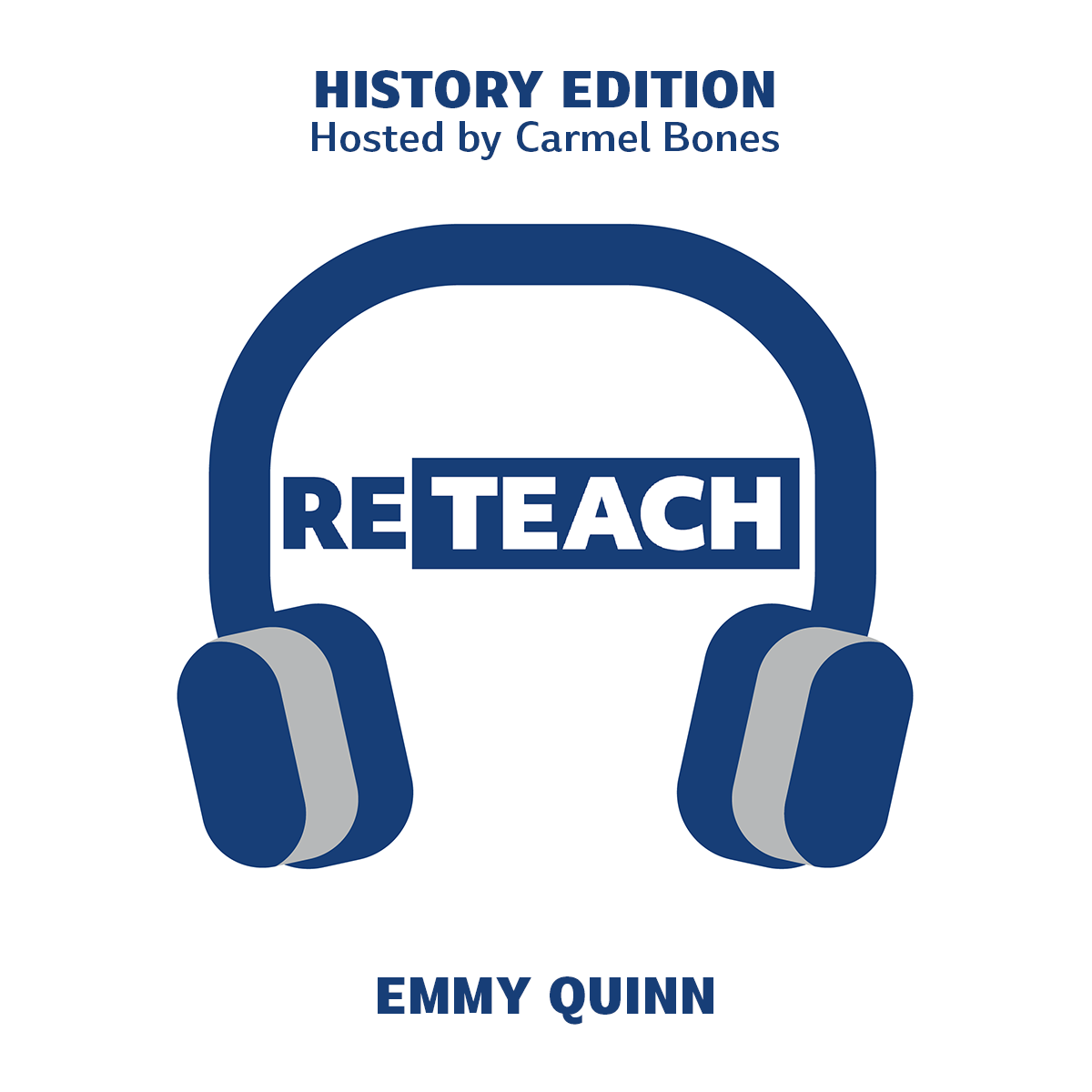
RETEACH HISTORY - Emmy Quinn on Irish history
(2023)
Curriculum Lead Emmy Quinn explains why Ireland was, in fact, the British Empire's first colony, and how this makes Irish History a fundamental part of the curriculum which has been often overlooked.
Further Materials
Michael Davitt: Land War Hero by Andrew O'Connor, published by Poolbeg Press, (2018), 9781781992418
Find this book
Children of the Famine Trilogy: Wildflower Girl by Marita Conlon-McKenna, published by The O’Brien Press, (1998), 9780862782832
Find this book
Children of the Famine Trilogy: Under the Hawthorn Tree by Marita Conlon-McKenna, published by The O’Brien Press, (2013), 9780862782061
Find this book
Children of the Famine Trilogy: Fields of Home, by Marita Conlon-McKenna, published by The O’Brien Press, (2011), 9780862785093
Find this book
Cath Senker is a history graduate and non-fiction writer specialising in history titles. She is the author of several books about racism, migration and refugees, including the award-winning Far from home: refugees fleeing war, persecution and poverty (Franklin Watts, 2019). Cath teaches ESOL to vulnerable migrants and refugees on a voluntary basis. She is currently working on new book, which reflects the diversity of the UK’s population, called A Very Peculiar History: Great Britons.
Text © Cath Senker, 2020, 2023
Text © Cath Senker, 2020, 2023



